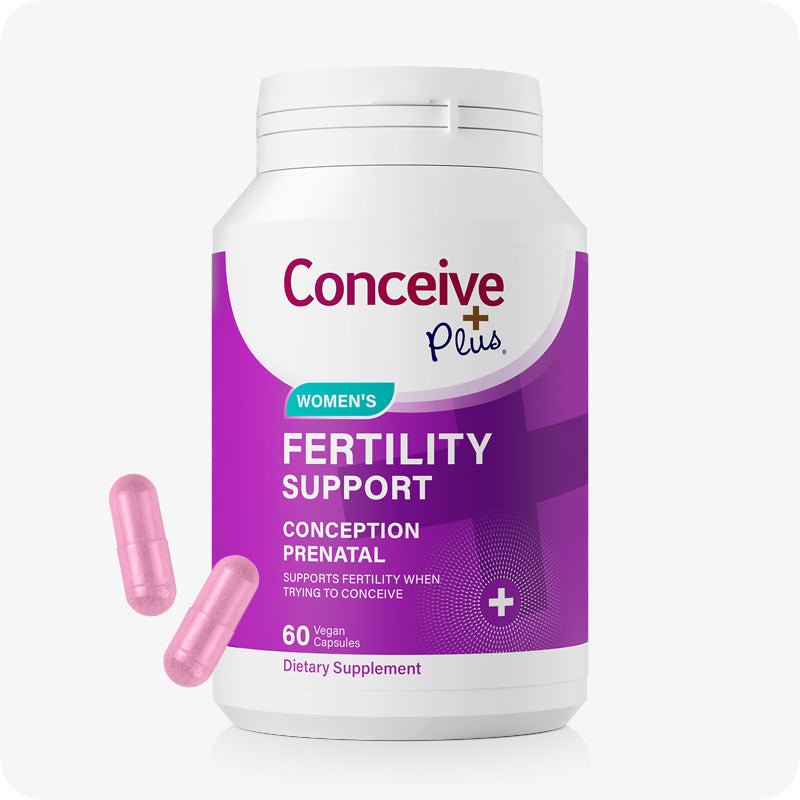Urinary Tract Male Anatomy: Key Components and Functions

The male urinary tract, as the name suggests, is responsible for making and excreting urine. The urinary system removes waste and excess fluids from the body through urine. Understanding GU anatomy male helps in comprehending how these systems work together for proper bodily functions.
The major structures in the urinary system include kidneys, ureters, bladder, and urethra. The urethra also has another role in the body, where it carries semen out of the body [1]. This makes the urethra a crucial component of two different body systems. To better visualize this system, one might label the structures of the male urinary tract: kidneys, ureters, bladder, and urethra.
This article will discuss the basics of urinary tract male anatomy. We will also cover some common problems of the urinary system and how to improve urinary health.
Anatomy of the Male Urinary Tract
The anatomy of male urinary system is complex yet perfectly designed to perform its dual functions efficiently. The anatomy of the male urinary system comprises kidneys, ureters, urinary bladder, and urethra. These organs support each other in performing two essential tasks: removing waste products through urine and maintaining body fluid balance [2].

Genitourinary Tract (GU) Anatomy Male
Let's discuss the structure and function of each urinary tract organ in detail:
-
Kidneys
The human body has a pair of kidneys located on each side of your spine, just below the rib cage. It is the place where the blood filtration occurs. Kidneys filter the blood for excess water and waste and make urine.
After filtration, the kidney analyzes the filtered fluid and substances to determine what the body may need. It then reabsorbs the necessary substances and releases the remaining fluid and waste into the ureter.
-
Ureter
If you label the structure of the male urinary tract, you can find the ureter as two tubes coming downwards from the kidneys. There are two ureters, each attached to a single kidney on the lower side, and a urinary bladder.
The function of the ureter includes allowing the passage of urine from the kidneys to the bladder. The walls of the ureter are smooth muscles that contract and propel the urine down from the kidney and into the bladder.
-
Urinary Bladder
Humans contain two kidneys, two ureters and only one bladder. Urine from the both the ureters empties into the bladder .
The bladder is a hollow muscular organ that temporarily holds urine until you release it. It is completely muscular and hence provides a non-firm structure to this organ so that it can expand and contract.
If you don't let the urine come out for some time, it stretches the bladder to hold more urine. Similarly, to get rid of the urine effectively, the bladder contracts or compresses when you urinate.
-
Urethra
The male urethra is a tube-like structure that works as a passage from the bladder to the outside environment to let urine out of the body. Similarly, females have a urethra that does similar work, but in males, the urethra is a component of both the urinary and reproductive systems.
In males, the urethra conveys mature sperm coming from the ejaculatory duct into the vaginal opening during intercourse.
Common Male Urinary Tract Issues
Various disorders and health conditions affect the health and functioning of the urinary system. The five most common issues related to the urinary system include:
- Urinary Tract Infections (UTIs): UTIs occur when bacteria infect the urinary tract, leading to symptoms like pain and frequent urination. They are often treated with antibiotics to clear the infection and alleviate discomfort.
Studies show that about 12% of men get UTIs at some point in their lives [3].
- Benign Prostatic Hyperplasia (BPH): BPH is an enlargement of the prostate gland that can cause urinary problems such as a weak urine stream and frequent urination. Treatment options include medications or surgery to reduce prostate size and improve urine flow.
Studies show that about 8% of males between 30 and 40 years of age have BPH [4]. This ratio increases up to 80% for people above the age of 80.
- Kidney Stones: Kidney stones are hard deposits that form in the kidneys. Small kidney stones may go unnoticed, but large stones can cause severe pain and problems with urination. They may require medication, increased water intake, or surgical procedures to break the stone and remove it.
Reports show that about 11% of men in the United States have kidney stones [5].
- Prostatitis: Prostatitis is inflammation of the prostate gland. This inflammation can lead to symptoms like pelvic pain, painful urination, and difficulty urinating. Treatment often involves antibiotics, anti-inflammatory medications, or other therapies to manage symptoms.
Reports show that prostatitis affects 10 to 15% of males in the USA [6].
- Bladder Cancer: Bladder cancer is a serious condition where abnormal cells grow in the bladder lining. The potential symptoms of bladder cancer are blood in the urine and frequent urination. Early detection and treatment, such as surgery, chemotherapy, or radiation, can increase recovery chances.
A study shows that bladder cancer is the 4th most common type of cancer among men in the USA [7].
Conclusion: Maintaining A Healthy Urinary Tract
Maintaining a healthy urinary tract is vital for living a quality life. Lifestyle choices can significantly impact the health of the urinary tract male anatomy.
Drinking plenty of water, regular physical activity such as exercise, and a balanced diet are key preventative measures in preventing urinary tract issues. You must also limit caffeine and alcohol as they can harm the urinary tract health.
Performing regular diagnostic tests and consulting a health care professional regularly can help in an earlier diagnosis and effective management of urinary tract disorders on time. A thorough understanding of GU anatomy male and the anatomy of male urinary system can empower men to make better health decisions.
Resources Used
- Stoddard, N., & Leslie, S. W. (2023, May 1). Histology, male urethra. In StatPearls. StatPearls Publishing. https://www.ncbi.nlm.nih.gov/books/NBK542238/
- Professional, C. C. M. (2024b, July 26). Urinary System. Cleveland Clinic. https://my.clevelandclinic.org/health/body/21197-urinary-system
- Heid, M. (2024, July 4). UTIs in Men: Symptoms, Causes, and Treatment. WebMD. https://www.webmd.com/men/urinary-tract-infection-in-men
- Bortnick, E., Brown, C., Simma-Chiang, V., & Kaplan, S. A. (2020). Modern best practice in the management of benign prostatic hyperplasia in the elderly. Therapeutic Advances in Urology, 12. https://doi.org/10.1177/1756287220929486
- Definition & Facts for Kidney Stones. (2024, September 12). National Institute of Diabetes and Digestive and Kidney Diseases. https://www.niddk.nih.gov/health-information/urologic-diseases/kidney-stones/definition-facts
- Prostatitis: Inflammation of the Prostate. (2024b, September 12). National Institute of Diabetes and Digestive and Kidney Diseases. https://www.niddk.nih.gov/health-information/urologic-diseases/prostate-problems/prostatitis-inflammation-prostate
- Bladder Cancer. (2024, July 26). Cleveland Clinic. https://my.clevelandclinic.org/health/diseases/14326-bladder-cancer













